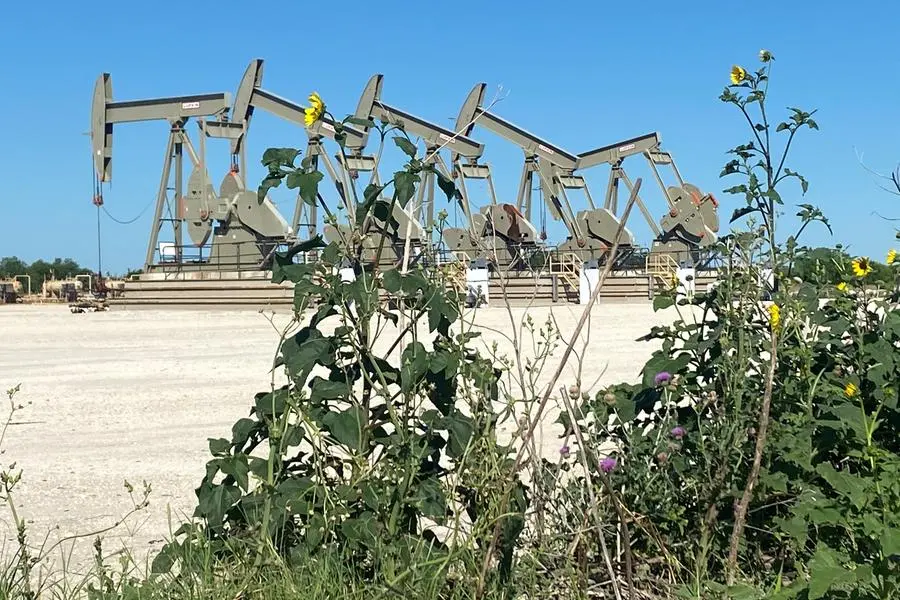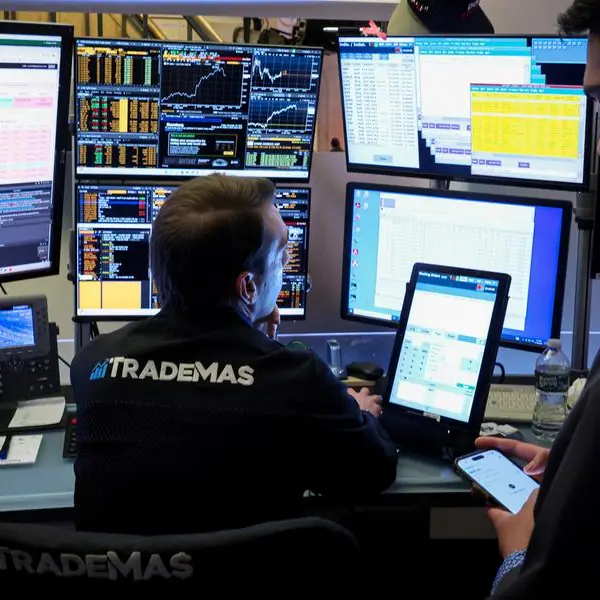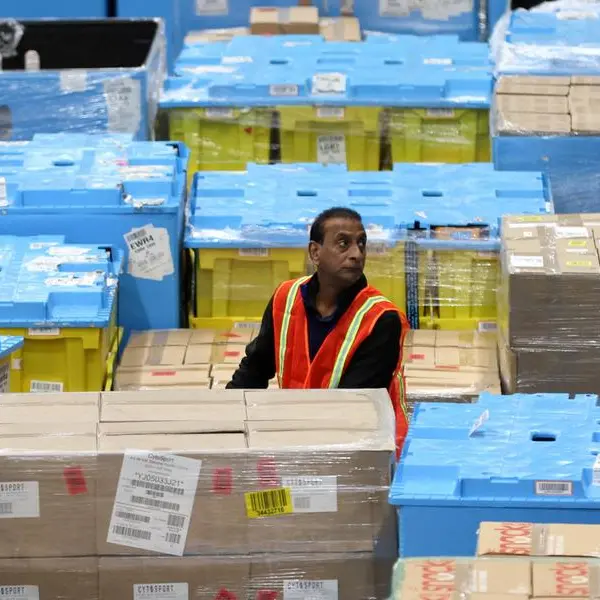PHOTO
(The opinions expressed here are those of the author, a columnist for Reuters.)
LITTLETON, Colorado - The northern hemisphere summer has not yet officially finished, but United States natural gas markets are already sizing up supply and demand balances for this winter and the next year, and indicate that sharply higher prices may emerge.
Forward markets for Henry Hub futures, the benchmark U.S. natural gas price, indicate that prices will average $3.20 per million British thermal units (mmBtu) in 2025, compared to an average of $2.22 so far this year, data from LSEG shows.
If realized, that roughly 44% year-on-year price increase would be the steepest annual climb since 2022, and could worsen energy product inflation trends despite a slowdown in broader price gains in the United States.
MOOD SWING
The bullish outlook in forward markets contrasts with a fairly downbeat mood in U.S. gas markets so far in 2024.
U.S. futures plumbed 4-year lows in the spring as major storage hubs emerged from last winter with bloated stockpiles after mild temperatures during the traditionally coldest months of the year cut gas use for heating.
Inventory levels have remained around 10% above the long-term average since, and have limited price progress throughout this past summer even as higher demand for cooling systems lifted national gas consumption in July and August.
Prices then slumped around 3% on Monday on expectations that a storm forecast to hit Louisiana later this week would cut gas demand by causing power outages and reduced gas use by liquefied natural gas (LNG) export plants.
Additional storms off the Louisiana coast this fall will likely make further disruptions to key gas demand centers in the region, even as gas supply hubs farther inland continue to operate at near record levels.
Through the first eight months of 2024, average U.S. dry gas production hit a record of 102.5 billion cubic feet per day (Bcf/d), according to LSEG.
That total was up around 0.3% from the same months in 2023, and is 9.5% above the average daily production rate from 2020 through 2022.
For 2024 as a whole, production is expected to average 103 Bcf/d, and then rise to a new record of 105 Bcf/d in 2025, according to the United States Energy Information Administration (EIA).
DEMAND DRIVERS
Gas use is also set to scale new heights going forward.
Power production, industrial processes and liquefied natural gas (LNG) exports are the key drivers of U.S. natural gas use.
The power sector accounts for around 38% of total U.S. gas demand, while industry consumes an additional 32%, according to EIA.
The LNG export sector accounts for an additional 10%, according to the Institute for Energy Economics & Financial Analysis (IEEFA).
The power and industrial demand sectors look primed for further growth in 2025 and beyond, as total national electricity consumption continues to climb and output of manufactured goods and chemicals rises.
Gas use in U.S. power generation is likely to accelerate over the coming decade as more inefficient coal-fired power plants are replaced by gas-fired units, which emit around 77% less carbon dioxide per unit of electricity than coal plants.
U.S. LNG exports also look set to expand to new records, as new export terminals crank up operations and tap into growing global use of natural gas.
The volumes of U.S. natural gas consumed by LNG exporters, known as feedgas, are expected to climb from around 13 Bcf/d currently to 17 Bcf/d by the end of 2025, according to LSEG.
PRICE SUPPORT VS PRICE PAIN
That 31% climb in gas use by the LNG export sector is expected to help tighten the U.S. supply of natural gas just as gas use in power generation also climbs.
In response, prices are set to trend higher, which is reflected in the current upward-sloping forward curve for the U.S. natural gas market.
Higher gas prices should in turn spark a supply response, and motivate producers to lift output.
On the other hand, high gas prices may start to trim consumer demand, especially among the cost-conscious industrial sector which may electrify certain processes if direct gas-use costs climb too high.
High gas acquisition costs may also eat into the demand for gas by certain LNG exporters, especially those that do not already have in place favourable terms with gas buyers in overseas markets.
Currently, average gas prices in the Netherlands, a major European gas consumption hub, are around 4.6 times above Henry Hub prices, and so can present a hefty profit opportunity for U.S. LNG exporters with the means to deliver cargoes.
By the end of 2025, however, that price differential is forecast to decline to 3.5 times the Henry Hub level, due in large part to rising U.S. gas prices, and may narrow even more if European gas prices decline.
Gyrations in forward U.S. and international gas prices can be expected to make further changes to the economics of gas production, use and exports going forward.
As a result, international traders will continue to keep one eye on far-forward gas prices in key markets, even if current prices do not show much sign of strength.
(Reporting by Gavin Maguire; Editing by Sonali Paul)























